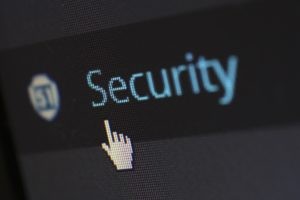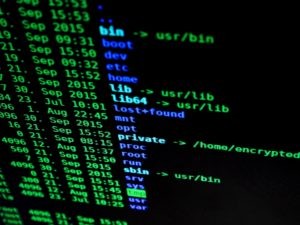We all know that data security is a huge issue. With so many cyber attacks happening every day, it's more important than ever to make sure your data is safe. In this blog post, we will discuss some of the best ways to keep your data secure. We'll cover everything from password protection to data encryption. Follow these tips and you can rest assured that your data is safe and sound!
1. Security access service
The first step to take when it comes to keeping your data secure is to ensure that only authorized personnel has access to it. This means setting up a security access control system that restricts access to sensitive data based on user permissions. There are many different ways to do this, but the most important thing is to make sure that only those who need access to the data have it. Also, according to Satori, you should regularly review and update your access control system to make sure it is still effective. It's also a good idea to have a backup system in place in case of any problems with the primary one.
2. Data encryption
Data encryption is another important step to take when it comes to keeping your data secure. This is a process of converting data into a code that can only be decrypted by an authorized user. This ensures that even if someone were to gain access to your data, they would not be able to read it or use it in any way. There are many different types of data encryption, so be sure to choose the one that best suits your needs. Also, make sure to encrypt all sensitive data, not just some of it.
3. Password protection
One of the most basic but important ways to keep your data secure is to protect it with a password. This will ensure that only those who know the password can access the data. Make sure to choose a strong password that cannot be easily guessed. It's also a good idea to change your passwords regularly and never use the same password for multiple accounts. There are many password management tools available that can help you keep track of your passwords and make sure they are strong.
4. Backup your data
Another important step to take when it comes to data security is to regularly back up your data. This way, if anything happens to the original data, you will have a copy of it that you can use to restore it. There are many different ways to back up data, so choose the one that best suits your needs. You can back up data to an external hard drive, to the cloud, or to a local server. Just make sure that the backup method you choose is reliable and secure. One reliable and secure option is Nutanix backup, which offers robust features for ensuring the protection and recoverability of your valuable data.
5. Keep your software up to date
One of the most important but often overlooked steps to take when it comes to data security is to keep your software up to date. This includes both your operating system and any applications you have installed on your computer. Outdated software is one of the most common ways for hackers to gain access to your data. By keeping your software up to date, you can patch any security vulnerabilities that may exist. There are many different ways to keep your software up to date, so choose the one that best suits your needs.
6. Use a VPN
Another great way to keep your data secure is to use a VPN. A VPN encrypts all of the traffic between your computer and the VPN server, making it impossible for anyone to eavesdrop on your connection. This is especially important if you are using public Wi-Fi, as it can be easy for hackers to gain access to your data if you are not using a VPN. There are many different VPN providers to choose from, so be sure to do your research and choose the one that best suits your needs.
How to educate your employees on data security
The first step to take when it comes to educating your employees on data security is to have a data security policy in place. This policy should outline what types of data are considered sensitive and what the consequences are for violating the policy. Be sure to review the policy with your employees regularly and make sure they understand it. You should also make it easy for employees to report any violations of the policy. Another important step to take is to train your employees on data security. This training should cover topics such as how to identify sensitive data, how to protect it, and what to do if they suspect that their data has been compromised.
There are many steps that you can take to keep your data secure. The most important thing is to ensure that only authorized personnel has access to it and that it is encrypted. Additionally, you should also password protect your data and regularly back it up. Finally, make sure to keep your software up to date and use a VPN for added security. By following these steps, you can be sure that your data is safe and secure.


